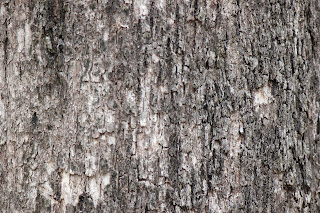Last night was rather windy and we didn't hear our mystery frog calling. From research and listening to calls recorded on the internet, I've narrowed it down to the Litoria fallax. This frog has many common names, Eastern Sedgefrog, Green Reed Frog and Dwarf Tree Frog.
The call is a very distinct "Reeeek...pip, pip". It's also very similar sounding to the Cooloola Sedgefrog (Litoria cooloolensis) but its habitat is described as coast, lowland rainforest areas or wallum country, which my place is not, so I've excluded that one. However, I will continue to listen out and try and catch a glimps of our mystery frog, just so I can be sure.
I have included a picture of Litoria fallax, isn't it gorgeous? I'm so excited to think we have this little frog calling our place home at the moment. I am even more amazed that frogs come and go from our place and in the 10 years I've lived here, I've never heard this little frog call before. How they make their way here just amazes me.
We decided to go out with the torch and check the pond last night, even though we couldn't hear any calls. My daughter immediately spotted a Striped Marsh Frog (Limnodynastes peronii). This frog has been a resident of our pond, to our knowledge, for well over a year. We know because this particular frog only has one eye. She has spotted and caught him several times before. Striped Marsh Frogs are common and widespread and fish ponds are a favoured breeding site. We often see the big foamy egg nests in the reeds after rainfall. It has a very distinct call, which is a short and sharp "toc". We hear it calling often.
The most distinctive features that I use to identify this frog, are the dark stripes down its back with a lighter central stipe along the middle of the back.
See how it's missing an eye? After rainfall, we have seen several of the same species in the pond but on a more regular basis, we only see this one. Will be interesting to keep track of it and how often we see it over the years. Apparently they live for 5-8 years.





























